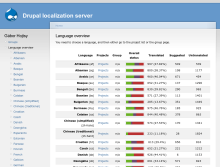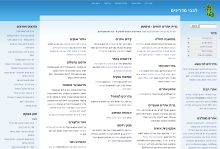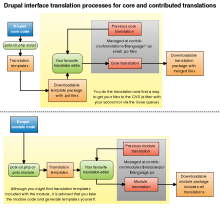I have been to REMIX 07 today, which was basically a rehash of some of the Microsoft MIX conference topics and presentations for a road show stop in Budapest, Hungary. Although I use much less Microsoft technology then I actually go to the conferences, I mostly enjoy going because it inspires me. I see cool new stuff which of course escalates into cool new stuff I would like to implement with my tool set.
One of the simple ideas that occurred to me today was about in-place interface translation editing. It is so common a request to ask for in-place editing tools for translations in Drupal. Just recently, Boris Mann posted a pointer to SLS, which aims to be a more generic solution for the problem (although I commented there why I don't think it fits Drupal well). Unfortunately we only know in t() that we are working with a localized string, so we could print a span or div with metadata to allow some jQuery to tap in and allow translation editing. Unfortunately in t(), we don't know whether we deal with output for email, SMS, watchdog logs and so on, where the extra div or span would look very unprofessional (in a text medium!). So that rules out the PHP way we could add an in-place translation widget (forget about introducing another wrapper, t() is wrapped deep enough).







